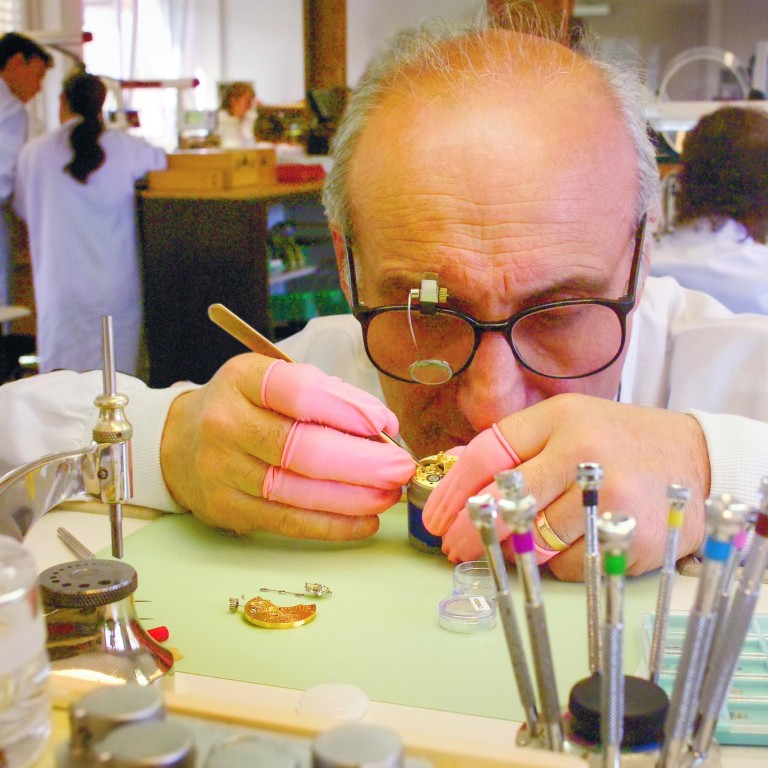Why the tourbillon still fascinates watch-lovers

Abraham-Louis Breguet's ingenious invention, the tourbillon, continues to fascinate the horological world

The amazing little whirlwind that is the tourbillon was a mechanical solution to a vexing problem at the time, coming from the fact that pocket watches were invariably only in two positions.
They were either vertical in your pocket or horizontal on your bedside table or desk. This meant that gravitational forces and friction were unevenly distributed and so was the oil used to lubricate these tiny handmade watch mechanisms.
The tourbillon was meant to solve this by adding a complex, constantly moving complication to counteract gravitational forces and the inconsistencies they might cause.
Developed by Abraham-Louis Breguet in the 1700s, the tourbillon put the watch escapement and balance wheel in a rotating cage and this, in theory, meant that the watch would be less affected by the pull of gravity and therefore the inconsistencies.
Remember that a mechanical watch is made of tiny metal components and springs, and consistent operation is difficult to engineer into this. If you bring a modern watch in for a service assessment, you should get back a report that will give you accuracy over time at different positions, meaning the tests are for consistency of the watch's vibrations as it is placed on the side, tilted, upright and such. That is how crucial position is to consistent timekeeping. However, few watches today spend their time only vertically or horizontally. Because they aren't in our pockets, they are on our wrists.
So what does the tourbillon actually do in a modern wristwatch?

Tourbillons are wonders to behold. They are beautiful to look at and difficult to make. Like the wristwatch, the tourbillon has moved from being a technical answer to an important question to a herald of watchmaking mastery. This complication waned in popularity towards the third quarter of the 20th century - as did the mechanical wristwatch - only to see rebirth as a way to appreciate craftsmanship, a way to link to the past and the traditional, a way to mark yourself as unique or cultured or successful.
The horological world sees these whirlwinds as badges of ability and honour, and there are now more watchmakers that put their own spin on this special but not exactly technically useful complication.
These start at the standard tourbillon that runs on one axis to some that spin on several axes or spin as though they are completely untouched by anything else, to some that you won't even see at all on the watch face.